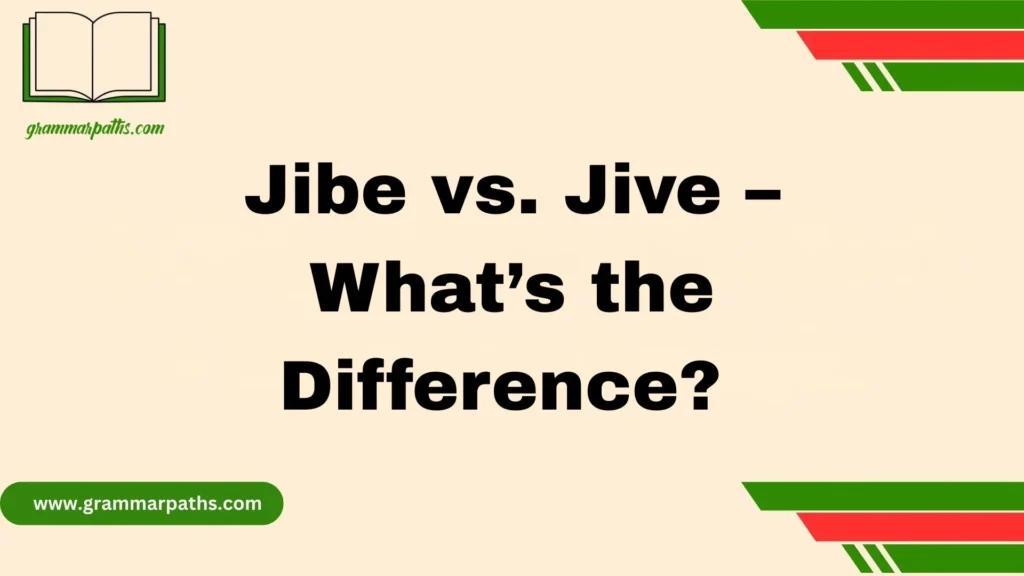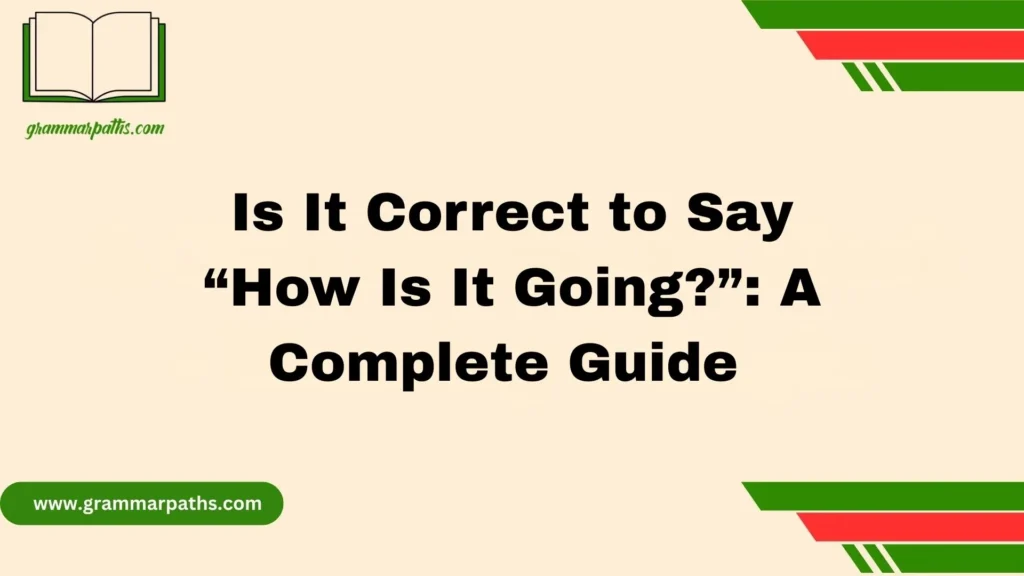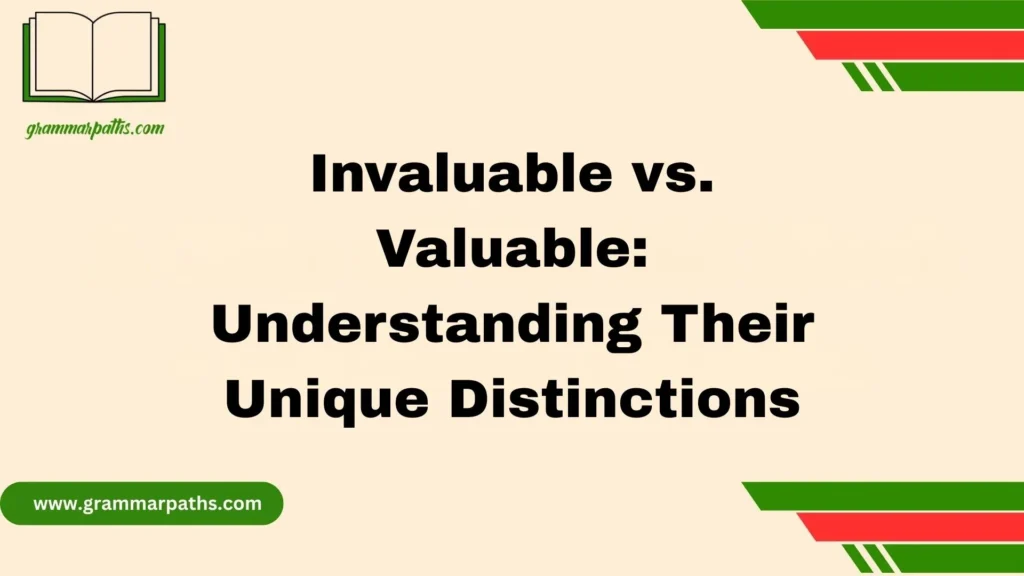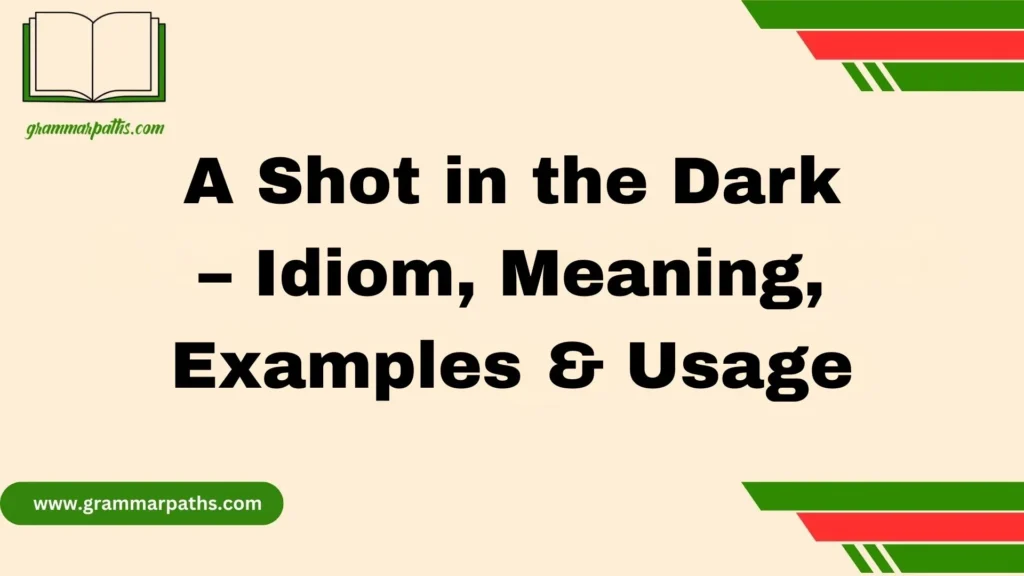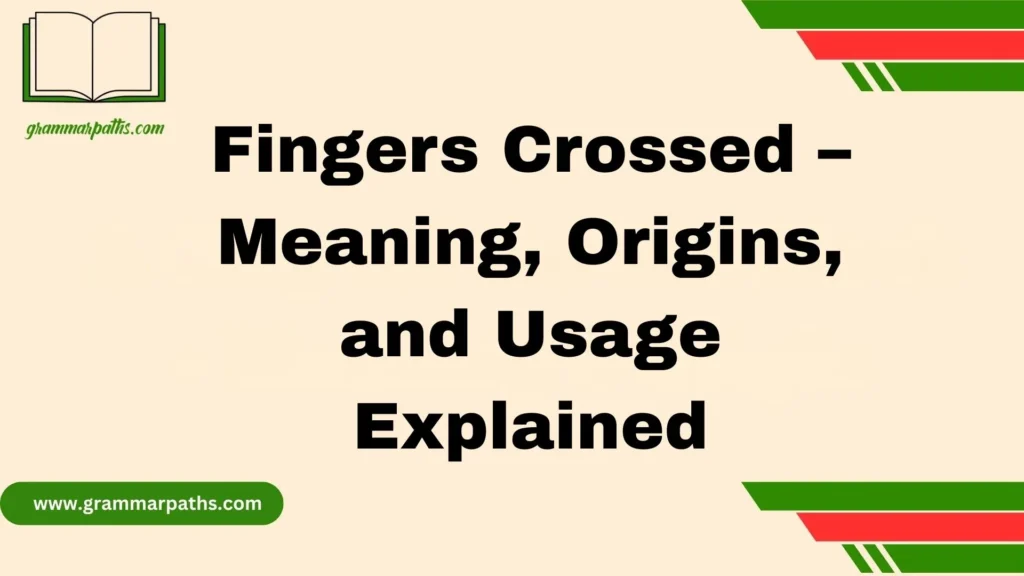The phrase “So Do I” vs. “So Am I” – Difference Explained matters a lot in real talk because these replies add fluency in informal, spoken conversations. From a friendly tone to simple and fast exchanges, they keep the flow of speech going. In classroom settings, especially with teachers and native speakers, we explain to beginner students how these are used in real life. Instead of repeating a full sentence, saying a short version like “So do I” or “So am I” makes speech feel smoother and more natural.
In formal writing, however, you’ll not often see these expressions appear, mostly because the tone is more structured and different from spoken English. For example, academic papers, business emails, or reports rarely include “So do I” or “So am I.” Writers tend to prefer complete constructions to maintain clarity and avoid ambiguity. Even though it’s common in everyday speech, these forms are almost always excluded from professional documents to suit the expected tone and style.
On the other hand, in casual chats with friends, family, or even on social media, these phrases are widely accepted. Whether in online messages, posts, or just in the moment, replying quickly with “So do I” feels relatable, natural, and easy. It adds a relaxed tone, helps people save time, and keeps the mood same and direct—almost like saying “me too.” It’s a fun, effective way to join the flow of talk and match the feel of what’s being shared.
Understanding Agreement in English: Why “So Do I” and “So Am I” Matter
At its core, these phrases express agreement. When someone says something you also feel or do, instead of repeating their entire sentence, you can respond with a short phrase. This is called agreement in conversation.
For example:
Person A: “I love coffee.”
Person B: “So do I.”
Here, Person B agrees with Person A’s love for coffee without repeating the whole phrase. This kind of short agreement keeps conversations smooth and natural.
The phrases “So do I” and “So am I” differ mainly based on the verb type in the original sentence. Understanding this distinction is key to using them correctly.
When to Use “So Do I” – Agreeing with Actions
“So do I” shows that you share the same action someone else does. Use it when the original sentence has an action verb in the present tense.
What Are Action Verbs?
Action verbs express doing something — like “run,” “eat,” “play,” or “like.”
Examples:
- “I play basketball.” → “So do I.”
- “She likes chocolate.” → “So do I.”
- “They watch movies on weekends.” → “So do I.”
Grammar Tip
- The phrase “So do I” uses the auxiliary verb “do” plus the pronoun “I.”
- It always agrees with present simple tense action verbs.
Past Tense Variant
When the sentence is in the past tense, change “do” to “did.”
Example:
- “I went to the party last night.” → “So did I.”
Common Mistakes with “So Do I”
Some learners incorrectly use “So do I” with forms of the verb to be (am, is, are), which is wrong.
❌ “I am happy.” → “So do I.” (Wrong)
✅ “I am happy.” → “So am I.” (Correct)
When to Use “So Am I” – Agreeing with States or Traits
Use “So am I” to agree with someone’s state of being or personal characteristic. This phrase matches sentences where the verb to be (am, is, are) is used.
Examples of States or Traits:
- “I am tired.” → “So am I.”
- “She is a student.” → “So am I.” (if you are a student too)
- “They are excited.” → “So am I.” (if you are excited too)
Why “Am”?
The verb “am” is specific to the first-person singular (“I”). The phrase “So am I” literally means “I am the same.”
Future Tense Variant
When talking about the future with “to be,” use “So will I.”
Example:
- “I will be there.” → “So will I.”
Side-by-Side Comparison of “So Do I” vs “So Am I”
To help you spot the difference instantly, here’s a quick reference table:
| Phrase | Used With | Example Sentence | Agreement Type |
| So do I | Action verbs (present/past tense) | “I like pizza.” → “So do I.” | Agreeing with actions |
| So am I | Verb “to be” in present tense | “I am tired.” → “So am I.” | Agreeing with states |
| So did I | Action verbs in past tense | “I went home.” → “So did I.” | Agreeing with past actions |
| So will I | Future tense with “to be” | “I will be there.” → “So will I.” | Agreeing with future states |
Common Misconceptions and Errors
Many learners mix these phrases up because they focus on the meaning rather than the verb form. Here’s why that trips people up.
- They think “So am I” should be used whenever you feel the same way, ignoring the verb type.
- Or they overgeneralize “So do I” for all agreements involving “I.”
Examples of Errors and Fixes:
| Incorrect Usage | Correct Usage | Explanation |
| “I like running.” → “So am I.” | “I like running.” → “So do I.” | “Like” is an action verb, so use “do” |
| “I am hungry.” → “So do I.” | “I am hungry.” → “So am I.” | “Am” is verb to be, so use “am” |
| “I was tired.” → “So do I.” | “I was tired.” → “So was I.” | Past tense of “to be” uses “was” |
Real-Life Conversation Examples
Let’s see these phrases in action with natural conversations:
Example 1:
Anna: “I love hiking on weekends.”
Mike: “So do I! It’s the best way to relax.”
Example 2:
Sara: “I’m really tired today.”
Tom: “So am I. Didn’t get enough sleep.”
Example 3:
Emma: “I went to the concert last night.”
Jake: “So did I! It was amazing.”
Pronunciation and Intonation Tips
- When saying “So do I” or “So am I,” stress the auxiliary verb (“do” or “am”).
- This helps signal agreement clearly in conversation.
Are “So Do I” and “So Am I” Ever Interchangeable?
Generally, they are not interchangeable because they depend on the verb type. However, in casual speech, some native speakers may use one or the other for emphasis or style, but this is rare and usually informal.
Nuance in Meaning
- “So am I” often emphasizes state or identity, while
- “So do I” focuses on actions or habits.
Extending the Concept: Other Useful Agreement Forms
Besides “So do I” and “So am I,” English has several similar short agreement phrases. Knowing these helps you agree smoothly in various tenses.
| Phrase | Usage | Example |
| So did I | Past actions | “I watched that movie.” → “So did I.” |
| So will I | Future intentions | “I will join the meeting.” → “So will I.” |
| So can I | Ability | “I can swim.” → “So can I.” |
| So have I | Past experiences (present perfect) | “I have visited Paris.” → “So have I.” |
| So was I | Past states | “I was late yesterday.” → “So was I.” |
Quick Reference Cheat Sheet
| Phrase | When to Use | Example |
| So do I | Agree with present action verbs | “I play tennis.” → “So do I.” |
| So am I | Agree with present “to be” verbs | “I’m happy.” → “So am I.” |
| So did I | Agree with past action verbs | “I ate pizza.” → “So did I.” |
| So will I | Agree with future verbs | “I will go.” → “So will I.” |
| So can I | Agree with ability | “I can cook.” → “So can I.” |
| So have I | Agree with past experiences | “I have read that book.” → “So have I.” |
| So was I | Agree with past states | “I was tired.” → “So was I.” |
Conclusion:
Using “So do I” and “So am I” can feel easy once you understand their difference and how they fit different situations. They’re handy phrases that make English conversations feel natural, help you agree with someone without repeating a sentence, and boost your confidence in daily talks. Whether you’re speaking in a casual chat, replying fast on social media, or joining friendly discussions, these expressions make you sound like a native speaker. Just remembering this simple rule will improve your conversation skills and make your English sound much better.
FAQs
What is the main difference between “So do I” and “So am I”?
The difference lies in the verb used. “So do I” agrees with an action (e.g., “I love pizza” → “So do I”), while “So am I” agrees with a state of being or feeling (e.g., “I am hungry” → “So am I”).
Can I use them interchangeably in all situations?
Not always. While both can mean likewise or me too, the correct choice depends on the first statement. Using the wrong one can sound unnatural or confusing.
Are these phrases used in formal writing?
No, they’re mostly used in spoken English, friendly talks, and casual chats. In formal writing like business emails or academic reports, people prefer complete sentences to maintain clarity.
How can I remember which one to use?
A simple rule is to check the verb. If it’s a simple verb or possession, say “So do I.” If it’s an adjective, -ing verb, or state of being, use “So am I.”

Mia Rose is the passionate writer and founder of GrammarPaths.com, a resource dedicated to helping learners master English grammar, idioms, and writing skills with ease. With a deep love for language and years of experience in teaching and content creation, Mia simplifies complex grammar rules into clear, practical guides that readers can instantly apply.



